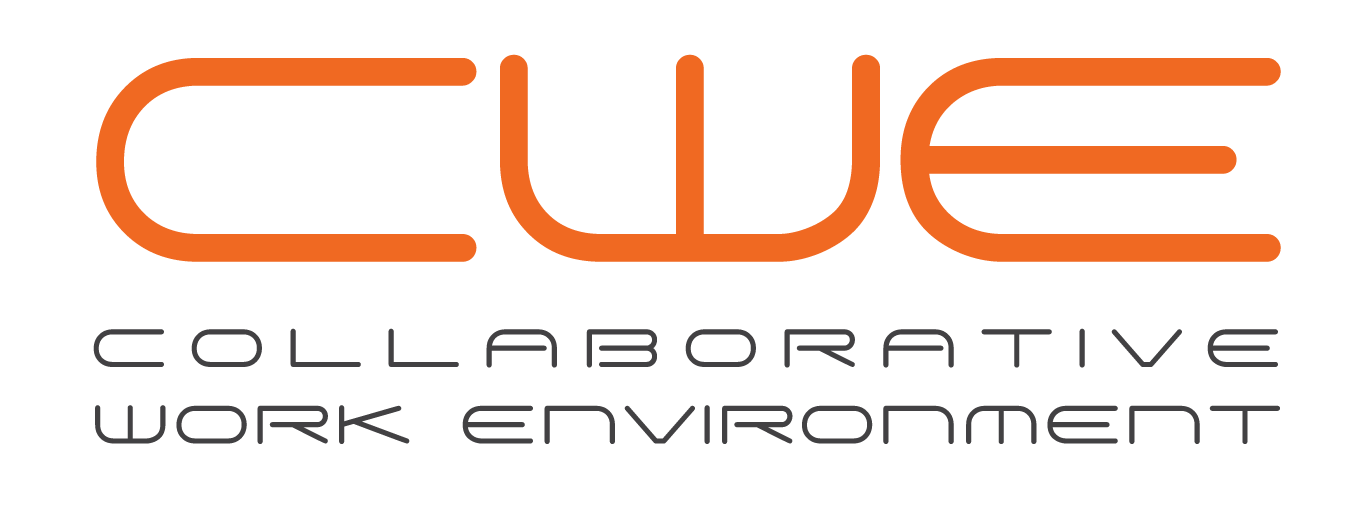As a business owner or facilities management professional you have many responsibilities. One of the most important is managing costs. One of these is constant, your utility costs. Utilities, such as electricity, water, and gas, are essential to our daily lives. However, they can also be a significant expense for many and can often take up a large part of your business income. The good news is that there are ways to save on utilities without sacrificing comfort or convenience. In this blog post, we’ll walk you through a step-by-step process for reducing your utility bills and saving money.
Step 1: Assess your current usage
The first step to saving on utilities is to understand how much you’re currently using. Look at your bills from the past year and identify any patterns or trends. Are there months when your usage is significantly higher? Are there particular appliances or activities that are driving up your costs? Once you have a clear picture of your usage, you can start to identify areas where you can make changes.
Step 2: Conduct an energy audit
An energy audit is a detailed assessment of your home or business’s energy usage. It involves identifying areas where energy is being wasted and making recommendations for improvements. You can conduct an energy audit yourself using online tools or hire a professional to do it for you. Often, due to the size and scope of your organization it may be best to seek the assistance of professionals. They can perform assessments on more technical equipment, as well as compare historical usage to help develop a year-round savings plan strategy. Some common areas to assess include insulation, windows and doors, heating and cooling systems, and lighting.
Step 3: Make energy-efficient upgrades
Once you’ve identified areas where energy is being wasted, it’s time to make some upgrades. This could involve replacing old appliances with more energy-efficient models, upgrading insulation or windows, and switching to LED light bulbs. You may even want to consider investing in smart technology such has lighting motion detectors or programable thermostats. While some upgrades may require an initial investment, they can pay off in the long run by reducing your energy bills.
Step 4: Change your habits
In addition to making physical upgrades, it’s also important to change your habits to reduce your energy usage. This could involve simple steps like turning off lights and appliances when they’re not in use, staggering employee shift times, or switching to lap tops instead of desktop computers. By making these small changes, you can reduce your utility bills without sacrificing comfort or convenience.
Step 5: Monitor your usage
Finally, it’s important to monitor your usage regularly to ensure that you’re staying on track. Use online tools or mobile apps to track your usage in real-time and identify any areas where you may be slipping back into old habits. By staying vigilant and making adjustments as needed, you can continue to save on utilities over the long term.
In conclusion, saving on utilities doesn’t have to be difficult or time-consuming. At CWE can help. CWE’s UBA program is flexible, powerful and will seamlessly integrate with your existing utilities, energy suppliers and facility products and vendor applications. Its execution will save you time and allow you to redirect much needed capital. Let us walk you through a demo of our UBA program and see what a partnership with CWE can do for your organization.
Whichever avenue you decide to pursue, by following these simple steps, you can reduce your energy usage and lower your bills without sacrificing comfort or convenience. Whether you’re a homeowner or a business owner, taking these steps can help you save money and reduce your environmental impact.



Comments are closed